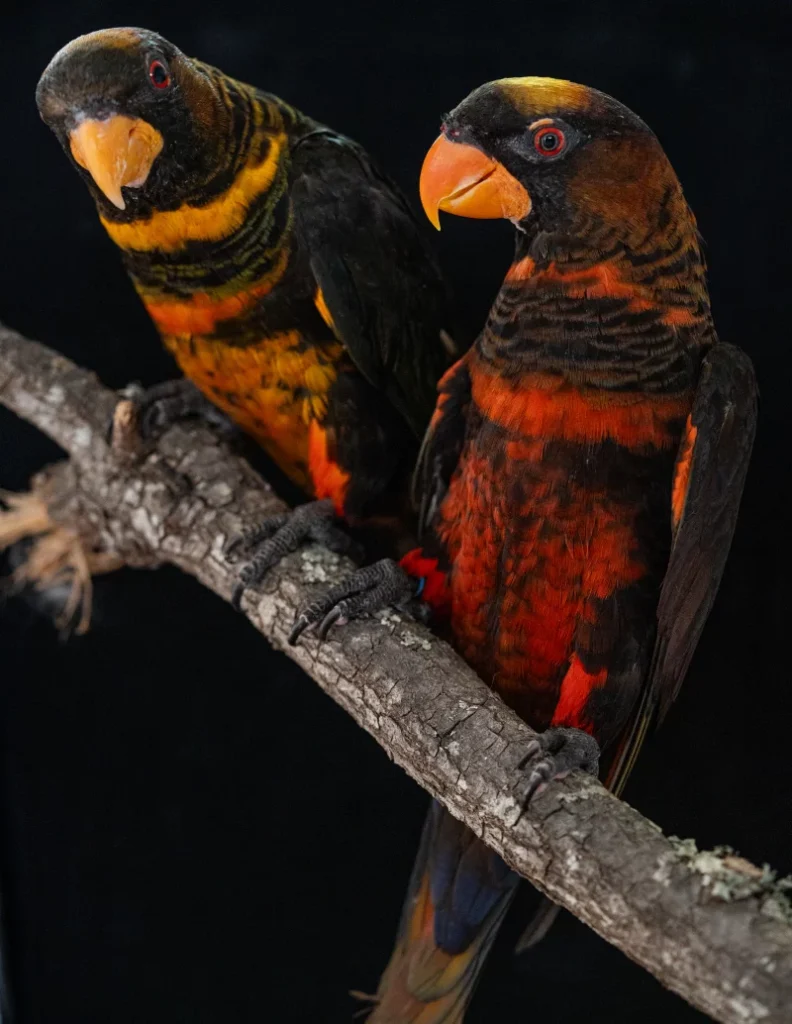Unlocking the Colorful Secrets of Parrots: New Insights into Pigment Production
Research led by Roberto Arbore and Joe Corbo, biologists at the University of Porto and Washington University in St. Louis respectively, has shed light on how parrots create their vibrant colors. Published in Science, the study focuses on the unique pigments used by parrots, particularly how a single enzyme influences the transformation of colors in these birds.
The Role of Carotenoids and Psittacofulvins

In many bird species, bright feather colors, such as the yellows and reds of goldfinches and cardinals, are produced using carotenoids, pigments sourced from their diet. These pigments are also responsible for the yellow-orange color of egg yolks, as birds mobilize carotenoids from yolks into their feathers during development. Once hatched, chicks must continue to consume carotenoids to maintain their vibrant plumage, similar to how humans rely on dietary vitamins.
However, parrots are a notable exception in the avian world; they can synthesize their own pigments called psittacofulvins. Despite previous knowledge of these pigments, the mechanisms behind how parrots use them for color variation were not fully understood until this research.
Discovering the Color-Change Enzyme
The researchers began their investigation with the dusky lory, a little-known parrot species native to Papua New Guinea, which features black feathers with either red or yellow accents. They discovered that the color variation is controlled by a single gene responsible for producing an enzyme called ALDH3A2. This enzyme converts red psittacofulvin into yellow by making a slight alteration to the pigment molecule.
By examining another parrot species, the rosy-faced lovebird, the team confirmed that the same enzyme was responsible for color modulation, suggesting that this mechanism might be widespread among parrot species.
To further validate their findings, the researchers conducted experiments with genetically engineered yeast, which were able to produce the red parrot pigment. When they introduced the color-changing enzyme, the yeast showed a significant increase in yellow pigment production, solidifying their hypothesis about the enzyme’s role in pigment synthesis.
Implications of the Findings
This research marks a significant advancement in our understanding of avian color genetics, according to Rosalyn Price-Waldman, an evolutionary biologist at Princeton University. She emphasizes the importance of studying lesser-known parrot species, as their pigments may provide insights into various aspects of parrot biology, including health, stress, physiology, and behavior.
Arbore echoes this sentiment, expressing excitement about the potential for future research in the field. He notes that understanding how parrots produce their colors adds an intriguing layer of complexity to their biology, prompting him to consider a long-term focus on these colorful birds.
Future Directions
Looking ahead, Arbore and his colleagues aim to investigate the genetic mechanisms behind blue coloration in parrots, another aspect of their vibrant and diverse plumage. This ongoing research promises to deepen our understanding of avian coloration and the evolutionary biology of one of the most colorful groups of animals on the planet.
